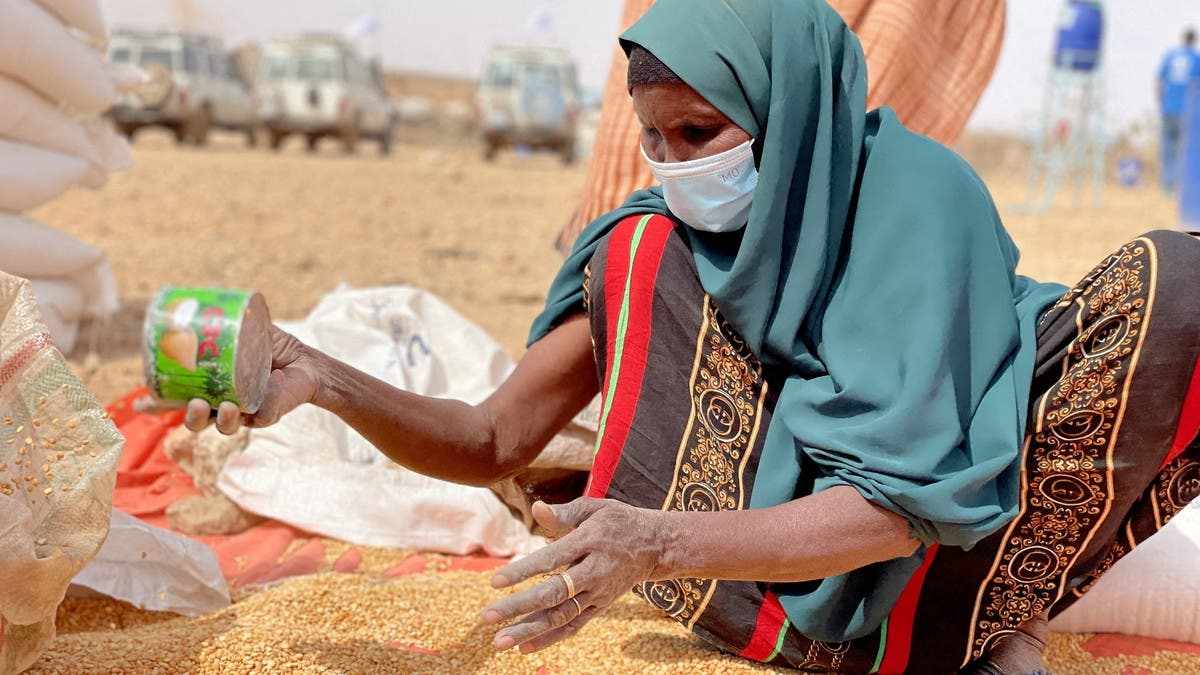The World’s Largest Intact Forest Is In Danger. Here’s How To Save It.
- Date: 04-Mar-2021
- Source: Huffpost
- Sector:Agriculture
- Country:Middle East
The World’s Largest Intact Forest Is In Danger. Here’s How To Save It.
Iris Catholique has lived for 30 years in what is now the Thaidene Nëné Indigenous Protected Area. Straddling the tree line between the boreal forest and the tundra, this swath of old-growth spruce forests, waterfalls, deep freshwater lakes and ancient ice sheets is where both her sons had their first caribou harvest when they were 10 years old.
Like many others before her, Catholique, a member of the Łutsël K'é Dene First Nation in Canada's Northwest Territories, has taught her children how to keep Indigenous traditions alive. “Our deep relationships with and intimate knowledge of the tundra, the forest, the lakes and the rivers, and all of the animals that call those different landscapes home is what has sustained us for millennia,” she said.
For generations, however, these relationships have been threatened by the increasingly severe impacts of climate change — including more frequent wildfires and melting permafrost — as well as industrial development from oil and gas exploration, logging and mining which have pushed deeper into the region, razing trees in search of profits.
Angela Gzowski for HuffPost
Iris Catholique, the Thaidene Nëné manager, at Łutsël K'é.
Catholique and her community hope that the 2019 creation of Thaidene Nëné (meaning “land of the ancestors”), which






















